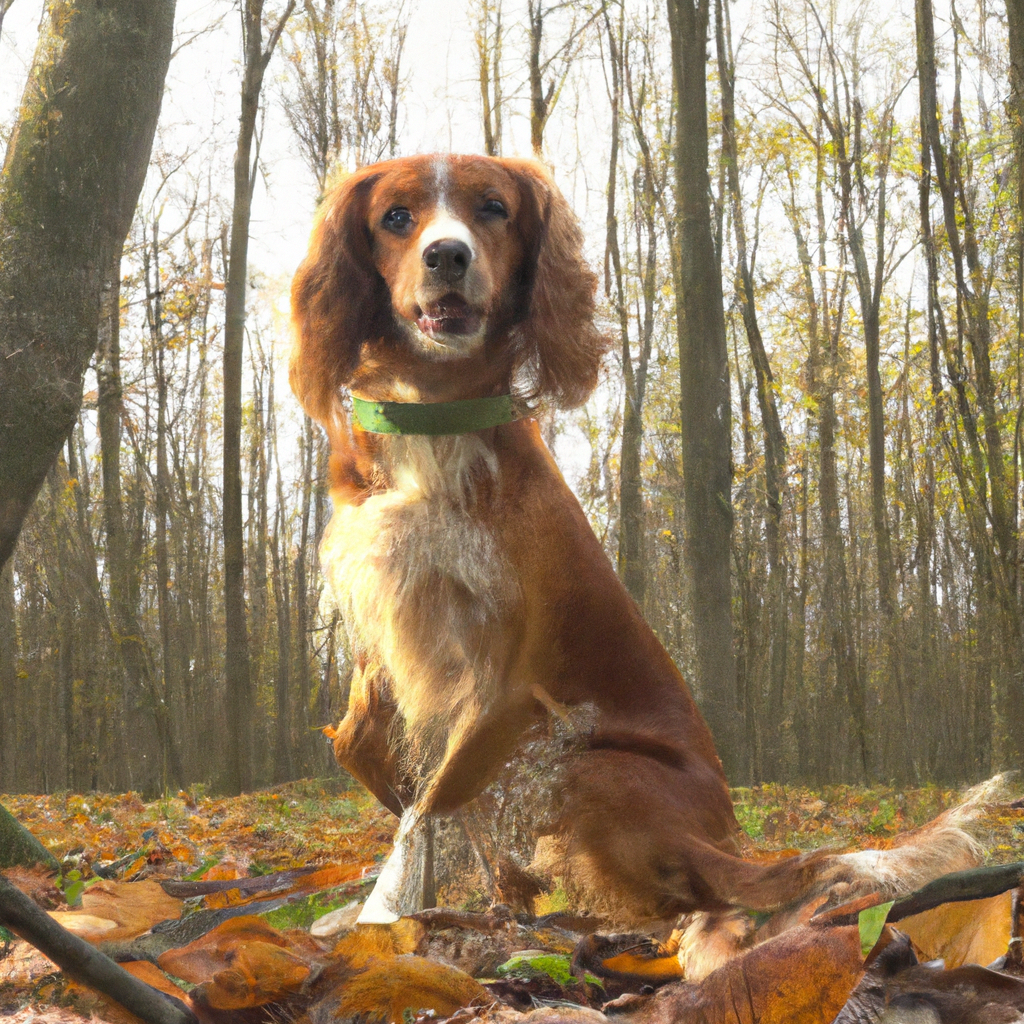Dogs have been trained for search and rescue missions for centuries. This is because they have an innate ability to smell and track scents, which makes them ideal for finding people who are lost or injured. Search and rescue dogs have been used in natural disasters, such as earthquakes and hurricanes, as well as in man-made disasters, such as terrorist attacks. In this article, we will discuss how to train a dog for search and rescue.
Dog Training
Before we dive into search and rescue training, it is important to note that dogs must undergo basic obedience training. Obedience training teaches dogs to follow basic commands, such as sit, stay, come, and heel. This type of training is essential for the safety of the dog and the handler during search and rescue missions.
Search and Rescue Training
Once your dog has undergone basic obedience training, the next step is search and rescue training. This type of training is more specialized and requires a lot of time, patience, and effort. Here are some tips on how to train your dog for search and rescue:
1. Start with scent discrimination training: This involves teaching your dog to recognize and follow a specific scent. You can start by using a toy or treat with a specific scent and rewarding your dog when they find it. Once your dog has mastered this, you can move on to more complex scents, such as human scent.
2. Introduce your dog to different environments: Search and rescue dogs must be comfortable working in a variety of environments, such as forests, mountains, and urban areas. It is important to expose your dog to different environments during training so they can become accustomed to working in different settings.
3. Incorporate agility training: Search and rescue dogs must be agile and able to navigate through difficult terrain. Incorporating agility training into your dog’s routine can help improve their physical fitness and agility.
4. Train your dog to alert you: Once your dog has found the scent, they must be able to alert you. This can be done by barking, scratching, or even laying down next to the person. It is important to teach your dog to alert you in a way that is easy for you to recognize.
5. Practice with live scenarios: Once your dog has undergone basic search and rescue training, it is important to practice with live scenarios. This can be done by working with a local search and rescue team or by setting up mock scenarios with friends or family.
Trained Search and Rescue Dogs
It is important to note that not all dogs are suitable for search and rescue training. Dogs must be physically fit, have a good temperament, and be able to work for long periods of time. Additionally, it is important to ensure that your dog is up to date on their vaccinations and has undergone a physical exam to ensure they are healthy enough for search and rescue work.
In conclusion, training a dog for search and rescue requires time, patience, and effort. Basic obedience training is essential before beginning search and rescue training. Scent discrimination training, agility training, and practicing with live scenarios are all important components of search and rescue training. Remember that not all dogs are suitable for search and rescue work, and it is important to ensure that your dog is physically fit and healthy before beginning training. With the right training and dedication, your dog can become a valuable asset to any search and rescue team.







